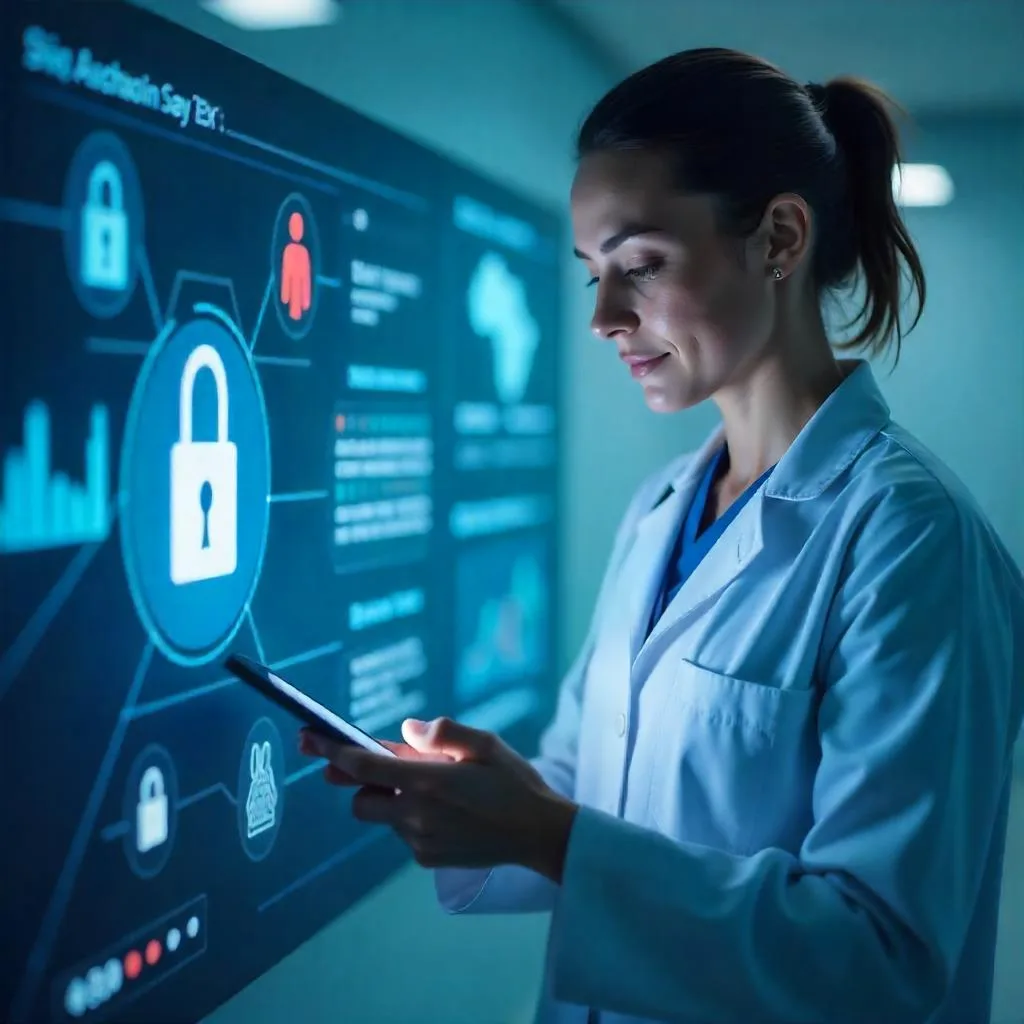During Healthy Aging Month, the focus on chronic disease management in older adults is crucial. Continuous and personalized care helps maintain quality of life as people age. Chronic diseases, like diabetes and hypertension, need constant monitoring to avoid complications. Telehealth services such as Remote Patient Monitoring (RPM), Chronic Care Management (CCM), Complex Chronic Care Management (CCCM), and Behavioral Health Integration (BHI) are changing how healthcare providers manage older adults’ health. These technologies allow for more individualized care that addresses each patient’s unique needs.

How RPM & BHI Facilitates Continuous Care
Telehealth is improving chronic disease management, especially in elderly populations. RPM enables real-time monitoring of vital signs, reducing the need for frequent in-person visits. This data allows healthcare professionals to adjust treatment plans quickly, leading to proactive care. For example, detecting blood pressure changes early can prevent serious complications like strokes. Additionally, telehealth supports early intervention, which is key for managing chronic conditions and ensuring stability. Through CCM, healthcare providers can regularly check in, helping elderly patients stay on track with their treatment plans.
Personalizing Care with Technology RPM & BHI
Telehealth’s ability to personalize care is one of its greatest strengths. Tools like CCCM and BHI allow providers to create comprehensive treatment plans for elderly patients. For example, CCCM coordinates care among multiple specialists, ensuring every aspect of a patient’s health is covered. This holistic approach is vital for elderly patients managing multiple conditions. BHI enhances care by addressing mental and emotional health, crucial for overall well-being. Integrating physical and mental health care helps in providing more rounded and complete treatment.
Positive Impact on Healthy Aging
Telehealth improves the quality of life for older adults, enhancing operational efficiency. By reducing hospitalizations and increasing adherence to treatment plans, telehealth contributes to healthier aging with fewer complications. Elderly patients using RPM and other telehealth services are less likely to experience emergency issues, maintaining an active lifestyle. Telehealth also provides peace of mind to patients and their families, knowing health is continuously monitored. This support is invaluable as patients age, ensuring potential issues are promptly addressed.
Esvyda: A Comprehensive Solution for Healthcare Institutions
Esvyda offers a robust platform integrating telehealth solutions for managing chronic diseases in older adults. With RPM, CCM, CCCM, and BHI, Esvyda enables continuous, personalized care tailored to patient needs. Healthcare institutions using Esvyda can improve efficiency, reduce costs, and deliver superior care. By leveraging Esvyda’s platform, institutions ensure their elderly patients receive top-quality care, promoting healthier aging and better outcomes. This comprehensive approach enhances patient care and positions institutions as leaders in modern healthcare.

Download this artice
Chronic Care with RPM-BHI During Health Aging Month
During Healthy Aging Month, the focus on chronic disease management in older adults is first.
Therefore, continuous and personalized care helps maintain quality of life as people age.


